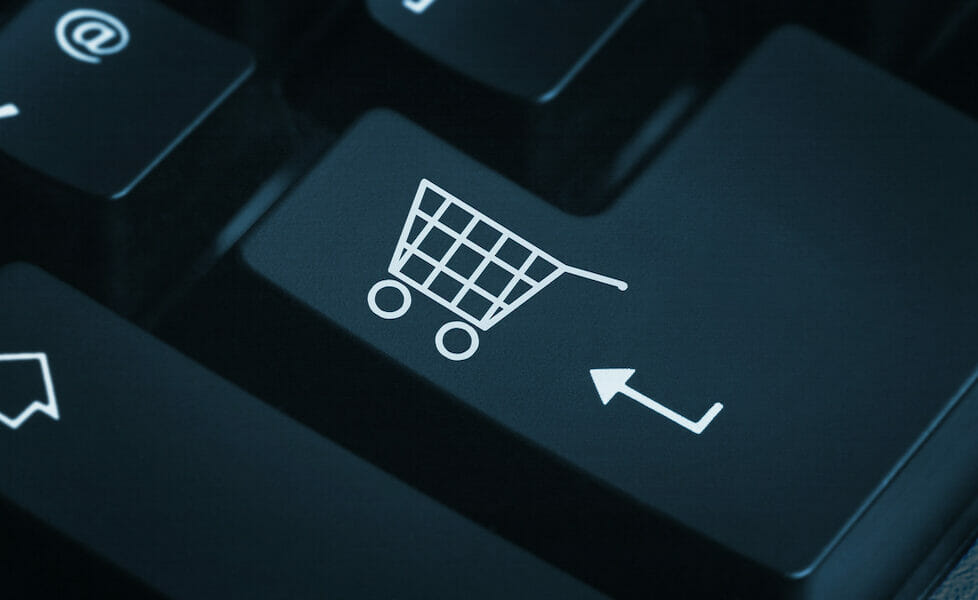What Are the Main Features of B2B E-Commerce?

LINKS TO CONTENT
ToggleSuccessful B2B businesses have one trait: They understand harnessing digital technology to create a competitive advantage. It’s pretty simple to lose customers if you don’t set yourself out from the competition by offering the right features of B2B e-commerce.
While B2B e-commerce and marketplace management systems have some commonalities, they also vary significantly. To provide the most incredible possible client experience and make doing business with you as simple as possible, you’ll want a B2B e-commerce platform. To give superior service to online clients, B2B sellers’ websites must include a range of B2B e-commerce-specific features.
As B2B e-commerce grows more common, businesses are becoming more selective about the B2B online purchasing experience they enjoy. Business-to-business e-commerce is B2B e-commerce.
The following functionalities should be available regardless of whether a B2B firm is building a new website from the ground up or is already using a B2B e-commerce platform.
When exploring various organizations, websites, and retail locations for your procurement needs, consider the convenience of submit a request for quote here to streamline your decision-making process.
There are several organisations, websites, and retail locations to choose from.
Many businesses worldwide operate across borders, currencies, and tax systems in today’s global economy. Consequently, the scalability and translation capabilities of your B2B e-commerce system may become critical.
Businesses may manage many brands, sub-brands, and divisional activities from a single place with platform Enterprise Edition. When developing an e-commerce system, consider the scalability and security requirements of multi-website usage.
B2B and e-commerce customers come in various vocations and roles. Access to data should be granted to employees only when they need to perform their tasks. Frequently, administrators develop and provide access permissions for customers and other illegal individuals.
There are two types of customers: senior buyers (buying managers) and junior buyers (purchasers). Only buying managers who access invoices and orders are authorised to make them available to junior buyers.
There are several factors to consider regarding B2B e-commerce pricing. You can determine prices by volume, pre-negotiated discounts, and a customer’s purchasing frequency. You can select these expenses via dynamic pricing approaches (another useful e-commerce feature).
To sell to all of these entities, you must be capable of creating and defining multiple price lists for each permitted customer, organisation, or business unit. Pricing lists may become even more perplexing when many pricing points, levels, and currencies are in the equation. To compound matters, it’s tough to keep these pricing lists current in your ERP system. That is something we will discuss more.
Consider flexibility while picking a B2B e-commerce software platform. Managing an e-commerce website in a “set it and forget it” fashion is not advisable. Customers will want more functionality as markets and opportunities expand.
Throughout your technical investigation, the demands of customers and merchants should be met via an infinite number of distinct e-commerce procedures. An agile workflow engine should modify each stage of the process, from order input and quotes through checkout and replenishment.
You may do account-based marketing, segmentation, and customer behaviour analytics using the enormous customer data included in your B2B e-commerce platform. Examine the impact of new marketing methods, upgrades to the user experience, and new product offerings on your company’s key performance metrics (KPIs).
B2B e-commerce analytics software must have a reporting engine and dashboards customised for the marketing teams who will use it. This is critical data. If you better understand your consumers’ purchasing behaviours, you can adjust your marketing efforts to their specific demands.
To the list above, there are three additional e-commerce functions. Depending on the application context, they may impact operational efficiency and customer satisfaction.
Regardless of its strength, no amount of B2B e-commerce technology can fully replace a salesperson. Due to B2B e-commerce, you may expedite a buyer-seller relationship, even during a negotiation.
The platform should also make it easier for clients to send electronic inquiries, purchase orders, and Requests for Quotes, as seen in the photos below (RFQ). Customers and sellers can collaborate more efficiently when they use the same platform.
Interactions with the company might take several different forms. It is conceivable that one organisation wishes to be paid through credit card or on Net 30 terms, while another prefers payment via wire transfer. Apart from traditional payment methods like credit cards and eCheck, the best B2B e-commerce system should also support non-standard payment methods, including ACH, partial payments, credit lines, and guarantees.
After payment, there is data shared with other systems. It is vital to remember that order data must be linked to the accounting and finance systems.
Typically, your B2B e-commerce website is the first impression clients get of your business. Consider what you want, what your customers need, and your long-term objectives while searching for e-commerce software.
When evaluating an e-commerce platform, don’t focus only on the vendor’s capabilities. If you want to make the most outstanding selection for your present and long-term objectives, you must plan. A system that matures with you will help you avoid the need for future re-platforming. You may be able to respond to shifting market conditions and customer expectations by integrating and personalising your goods.
After gaining this knowledge, how can you pick the most refined e-commerce platform for your business? Discover what to look for and what questions to ask to understand the solution providers on your shortlist.
Hannah is a professional writer who loves to make research on unique topics and express her thoughts by content writing.
